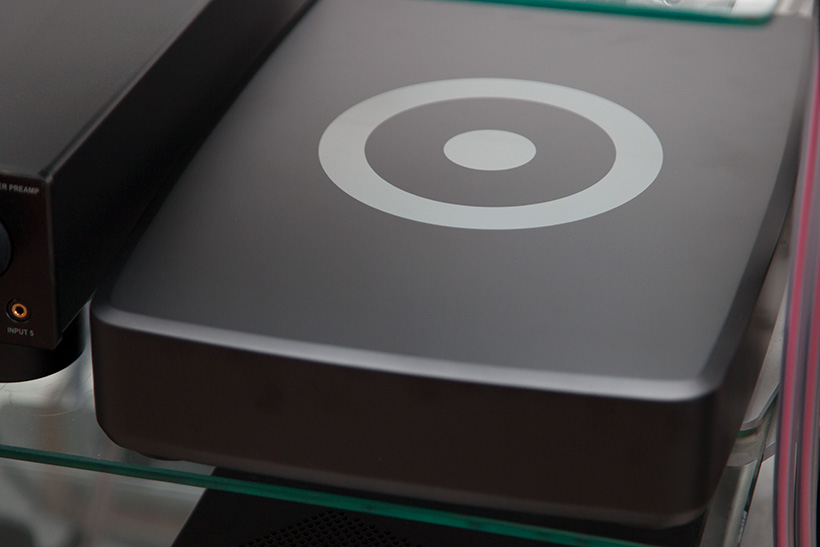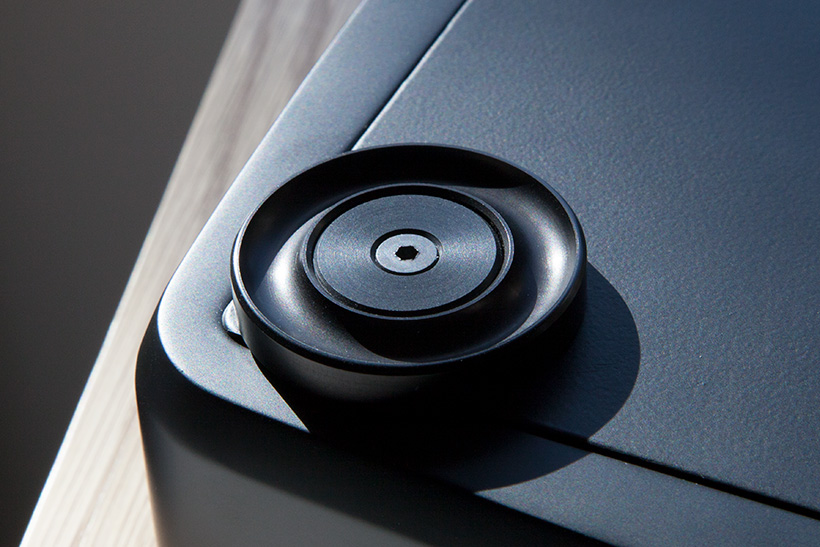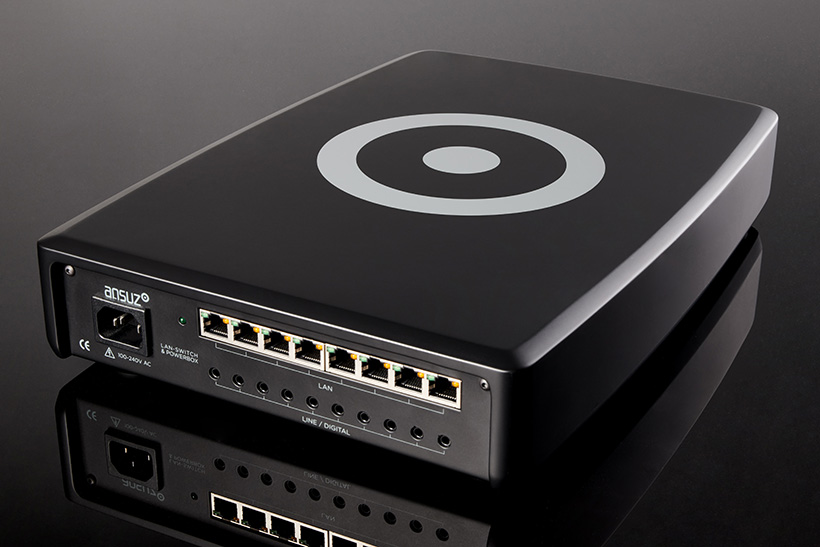If you had told me even a couple of years ago that I would start to consider the network switch to be as critical a part of a streaming system as the DAC I would have presumed you had a screw loose. Yet today having first tested the Melco S100 and now the Ansuz X-TC I am convinced that this is the case. The question that inevitably follows is why? How on earth can something that is not necessarily in the signal path so important. One answer is that we have come to accept that this is the case with power supplies, they clearly make a difference and some brands make a good living out of upgrading them. In the same way that a better power supply reduces the noise that gets into the electronics, a better network switch reduces the noise that gets into the digital signal path that is ultimately connected to the switch in a streaming system.
Ansuz sits alongside Børresen loudspeakers and Aavik electronics in a company founded by two Danish audio industry stalwarts, Michael Børresen and Lars Kristensen. The Ansuz brand was originally created to make power supply and isolation products but someone at the company noticed that network switches matter and decided to refine them to a far higher degree than anyone else thus far. To put this into perspective, the Powerswitch X-TC is at £2,000 the entry level in the four strong Ansuz network switch line, the top model costs six times as much and I dare not even try the next one up the line, let alone the D-TC Supreme as it’s known.

Ansuz build their Powerswitches to combat the noise that exists on the network; noise that comes from switching power supplies, routers, computers and anything connected to the network. Ethernet has a floating ground so it is not possible to drain noise to earth so Ansuz’s proprietary grounding circuitry is designed to tackle this problem alongside other noise suppressing technologies including ‘Tesla Coils’, dither circuitry and coils that combat wi-fi frequency noise. The further you go up the Powerswitch range the more of these various devices are employed, the X-TC has only one of four types of anti-noise coil plus dither circuitry and resonance control. You can read more about the means that they use to combat noise on the Ansuz site but it’s interesting that they use analogue rather than digital dither. Resonance control is achieved by the Darkz feet on this surprisingly large switch, these are anodised aluminium and designed to drain vibration out of the device.
The Powerswitch name comes from the DC power outlets underneath each of the 10 ports, these are for Ansuz’s active ethernet cables which would presumably further improve the already remarkable qualities of this switch. Unlike the Melco and English Electric switches the Ansuz has an onboard power supply and a conventional IEC power inlet so you can’t tweak with it in this respect and to be honest you don’t need to. All you have to do is find enough space and plug in. It’s worth mentioning the construction of the Ansuz case which looks like it could be phenolic resin so good is the finish, but it turns out to be a composite called MBCM which is non ferrous and better damped than metal. There is no power switch or on light but the 10 ports have the flashing LEDs found on commercial switches, something other brands have avoided.

Sound quality
The switch in my studio is largely dedicated to the audio system but it’s necessary to have the PC hooked up to it in order to manage files on two music servers, a Melco N1-A and Innuos Zenith SE, and there’s also a wireless access point in the form of an Apple Airport Express, so the switch can have up to six connections when you include the router and streamer. The latter can be directly connected to a server but for the purpose of this review I had everything go through the X-TC. The first comparison was going from an English Electric 8Switch to the Ansuz (at over four times the price) and this unsurprisingly favoured the latter quite dramatically. The main benefit is the sense of ease that it brings to the sound, it doesn’t make it lush or overly smooth it just takes away the grain and edginess that you take from granted with digital sources and produces a sound that is very close to good analogue in its effortlessness. Timing is also particularly good, the 8Switch is strong in this respect but not this strong, here there is a sense that notes have more time to open up and reveal the richness of timbre, the shape and tonal colour that makes them unique. Importantly this is done without losing any sense of speed or attack.
Radiohead’s Decks Dark (Moon Shaped Pool) is a favourite test track but it has rarely sounded so good with lovely bass weight and beautiful backing vocals and distinct changes in reverb character that are rarely audible. I really enjoyed the way that tracks open up in the X-TC’s hands, the Weather Station’s Thirty was one such where the sound seemed to grow wings and take flight before the band comes in and the drum kit in particular sounds so real it’s uncanny, but my notes keep referring to the groove which is addictive regardless of what’s being played. Another very appealing characteristic of the system with the Ansuz inline is that you can play at higher volume levels without any sense of hardness creeping in as is so often the case with digital systems, this again reflects a reduction in low level noise.

I really enjoyed the solidity of stereo image on a number of tracks but the often thin sounding of All I Want from Joni Mitchell’s Blue really hit the spot, giving a much stronger sense of the musician being in the room than usual. I didn’t have the Melco S100 network switch to contrast with the Ansuz which is a pity as they are a similar price, but my recollections of the Melco are that it’s a little sweeter and more tonally rich while the Ansuz seems a bit more neutral. Both share a sense of ease and increase the enjoyability of streamed music significantly, which works best in your system will probably depend on your tastes and the nature of the speakers. If you strive for maximum transparency I suspect the Ansuz will have the upper hand.
I contrasted it with a well regarded commercial switch, a Cisco 2960, and this got surprisingly close to the timing skills of the Ansuz but couldn’t approach the transparency that its low noise allows, the Cisco sounding crude by comparison. I made the mistake of leaving the Ansuz in the system for several weeks and got far too used to its relaxed yet totally engaging delivery. Even with the ethernet connection direct from server to streamer the fact that it keeps noise out of the network means it makes everything better, even when the signal is not passing through it. Going back to the alternatives on hand is going to take some getting used to and I might have to see what Ansuz can do in the way of a deal. That this is the base model in the range is something of a concern, it makes as much difference as any other key component in my streaming system, so what are the ‘bigger’ ones capable of?


